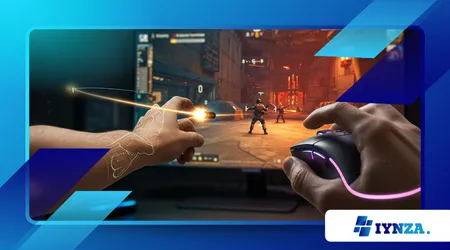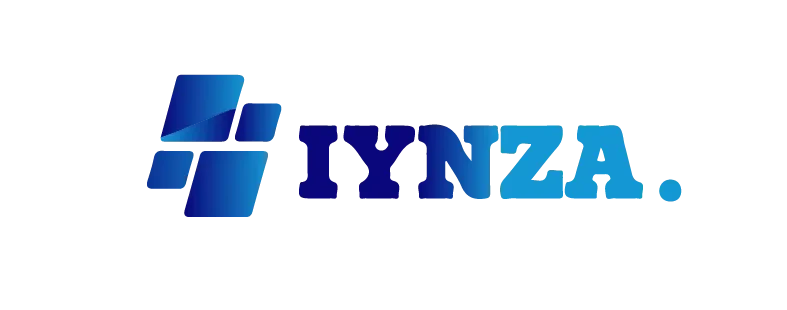The Science of Flick Shots: How to Train Your Brain and Muscles Together

You miss the head by inches. Again. The flick was fast—but not fast enough.
Anúncios
Or maybe too fast, too wide, too rushed. Everyone talks about “good aim,” but few understand that flick shots are not just about speed or reaction. They’re about precision, repetition, and the deep connection between brain and muscle.
If you’ve ever wondered why some players seem to snap to targets like magnets while others struggle to keep crosshairs steady, you’re about to discover the science that makes the difference.
Understanding The Science of Flick Shots isn’t just for pros. It’s for anyone who wants to level up their aim by training smarter—not just harder. Because in the milliseconds that decide whether you clutch or crumble, it’s not reflexes alone that matter. It’s how well your brain and body are aligned.
What Makes a Flick Shot Work: Precision, Speed, and Neuroplasticity
Before you train it, you need to understand it. A flick shot is a fast, precise movement where the player snaps their aim from one point to another—usually to land a headshot or critical hit. Unlike tracking or spraying, flick shots rely on explosive movement, visual targeting, and instant muscle memory. They’re unforgiving, but lethal when mastered.
At the core of the flick shot is neuroplasticity—your brain’s ability to form and refine neural pathways through repetition.
When you repeat the same flick movement hundreds of times, your brain maps it. Your muscles begin to “know” how to move. You stop thinking—and start executing.
But this isn’t magic. It’s biomechanics and practice. Eye-hand coordination, fine motor control, and even posture contribute to the outcome.
If your wrist angle is wrong or your mouse grip inconsistent, your flicks will miss. If your sensitivity is too high or your crosshair placement poor, your brain can’t calibrate effectively.
Read also: How Retro Gaming Influences Modern Game Design
Training Brain and Body Together: Building True Aim Consistency
Flick shots are trained, not gifted. Your success depends on aligning visual cues with motor action. Think of it like syncing two systems: one that sees, and one that acts. You have to calibrate both.
Start by isolating your flick motion. Use training maps like Aim Lab or Kovaak’s to repeat small, fast movements. Focus on accuracy before speed. It’s better to land clean flicks slowly than to miss wildly trying to go fast. As you improve, your speed will rise naturally.
Repetition is key, but so is variation. Don’t just practice one flick angle. Mix left-to-right, up-down, short and long distances. This forces your brain to generalize the movement pattern rather than memorize just one.
And don’t skip the body. Your forearm, wrist, shoulder—each plays a role. Stretch before and after sessions. Avoid tension. A loose, controlled hand will always out-aim a stiff, jittery one.
Why Crosshair Placement Changes Everything
One of the biggest variables in flick accuracy isn’t your reflex—it’s your crosshair placement before the shot. Poor placement means your flick has to cover more distance. Good placement means less correction—and more consistency.
Professional players don’t just aim well. They anticipate well. Their crosshair is already close to the next logical enemy position. So when they flick, it’s a micro-adjustment—not a desperate snap.
Improving placement is mental. Walk through maps. Learn common angles. Pre-aim spots. Study demos. The fewer adjustments you need mid-fight, the cleaner your flicks will be.
The Role of Muscle Memory in Split-Second Precision
Muscle memory is your aim’s foundation. Once your brain recognizes a visual cue, your hand has to react. The tighter the loop between seeing and moving, the faster your flick becomes.
This is where short daily sessions matter more than marathons. Practicing 20 minutes of focused flick training every day builds stronger neural pathways than hours of mindless playing. Quality beats quantity.
Try drills like “1wall6targets” or “Gridshot.” Push for perfect form, not high score. Keep your posture neutral, your movement clean, and your mind fully engaged.
Over time, your flicks will feel automatic—and that’s the goal. When the pressure’s on, you won’t second guess. You’ll just react.
A Statistic That Shows It Works
According to a 2024 performance study by AimTheory, players who dedicated 15 minutes daily to flick shot routines improved their kill-to-death ratio by 23% in competitive matches over 30 days. More importantly, their first-shot accuracy rose by 31%.
The takeaway? The science of flick shots isn’t just theory. When applied consistently, it changes real-world performance.
A Clear Reminder for Gamers Who Want to Improve
It’s easy to get stuck in the loop of endless matches, hoping that more hours will naturally lead to better aim. But time alone won’t sharpen your flicks. Improvement doesn’t come from mindless repetition—it comes from focused correction. If you’re not deliberately refining your technique, you’re reinforcing the same mistakes, over and over.
Improvement in flick shots is about awareness. You need to pay attention to where your shots land, how your hand moves, what throws you off. Did you miss because you moved too early? Or because your crosshair started in a bad position? These questions are where real progress begins.
Confidence matters, but so does patience. Your favorite pro missed thousands of flicks before their aim looked effortless. What made the difference was that they didn’t stop. They didn’t settle for “good enough.” They chased precision until it became automatic.
FAQ: The Science of Flick Shots
1. What is a flick shot in FPS games?
A flick shot is a rapid, snapping movement of the aim to a target, often used for headshots or fast kills. It requires speed and precision.
2. Can anyone learn how to flick shot?
Yes. With consistent training focused on muscle memory and crosshair discipline, any player can improve their flicking ability over time.
3. What tools help train flick shots?
Programs like Aim Lab, Kovaak’s FPS Aim Trainer, and in-game aim maps are great for drilling flick shots and improving responsiveness.
4. Does mouse DPI or sensitivity affect flick shots?
Absolutely. Lower sensitivity offers more control, while higher DPI can help with speed. Find a balance that allows precision without overcorrection.
5. How often should I train flick shots?
Daily short sessions (10–20 minutes) are more effective than long, inconsistent practices. Aim for quality repetition with full focus.
